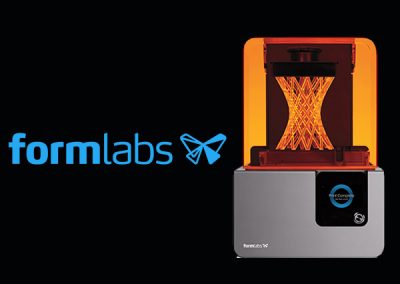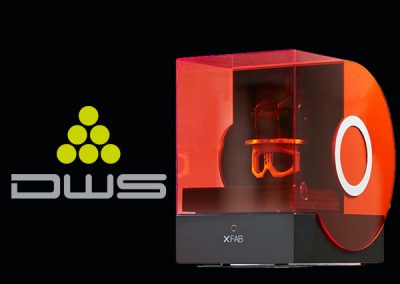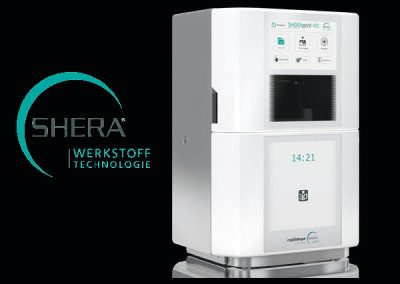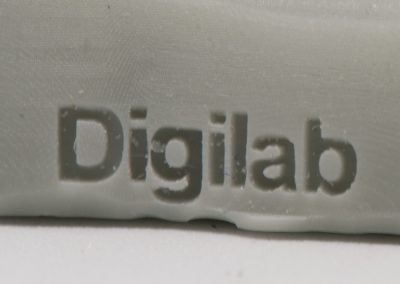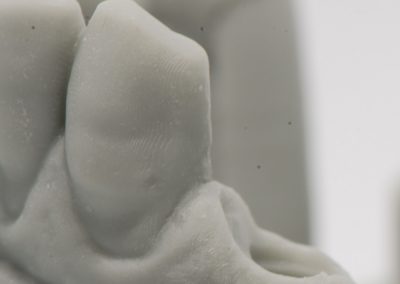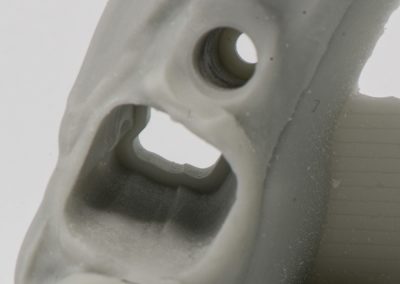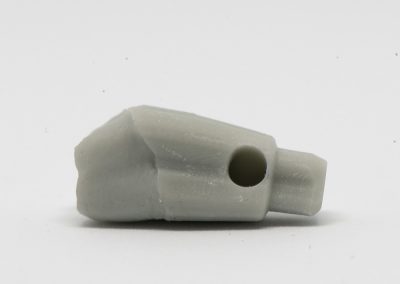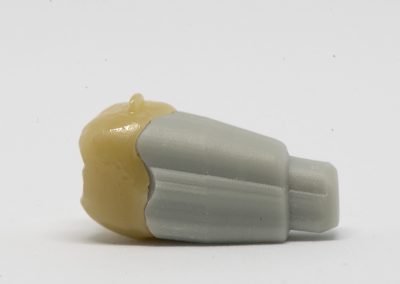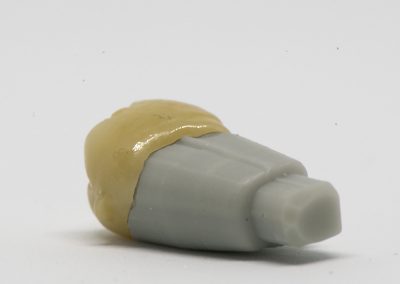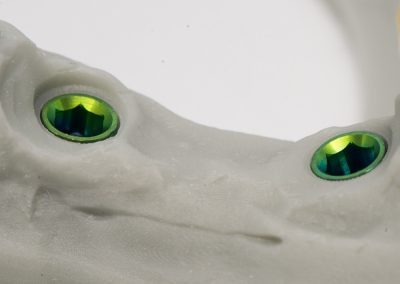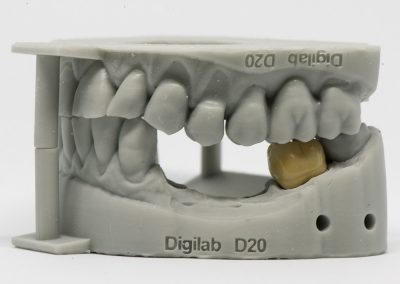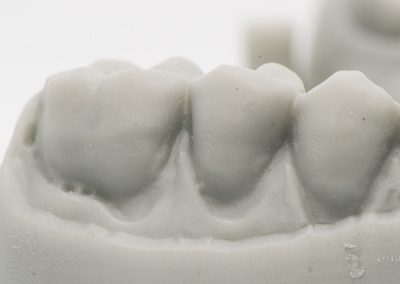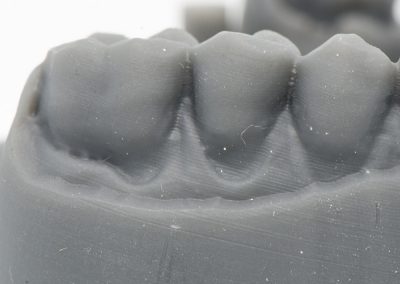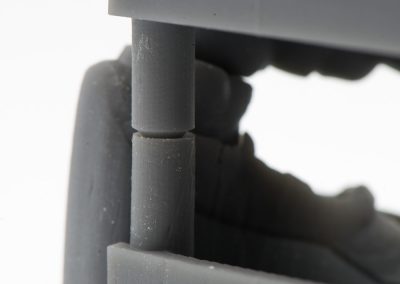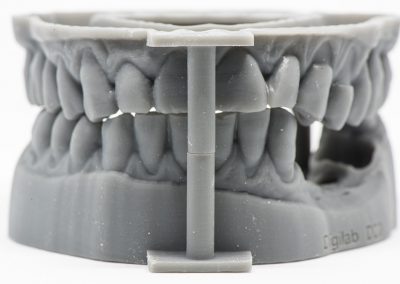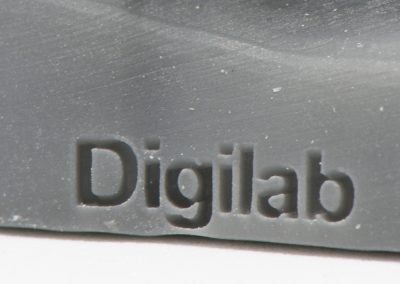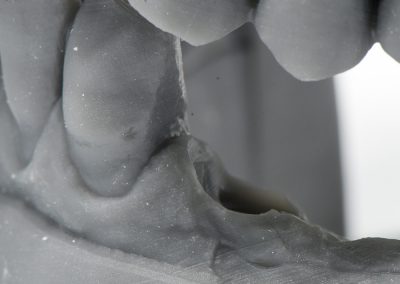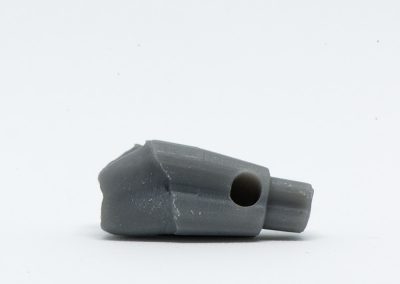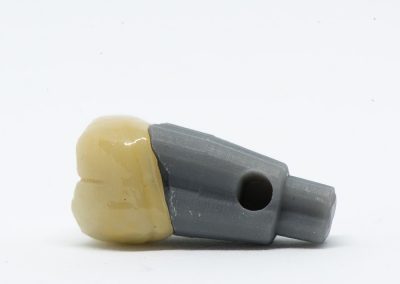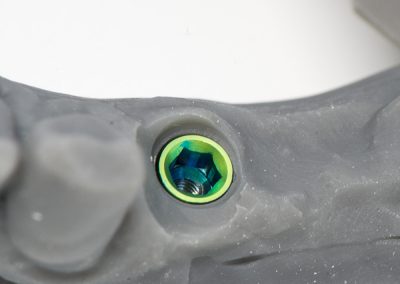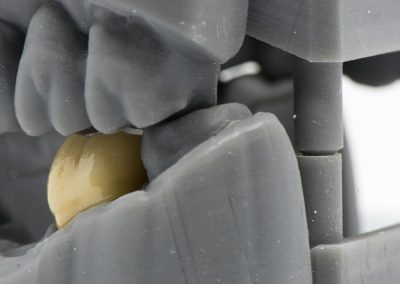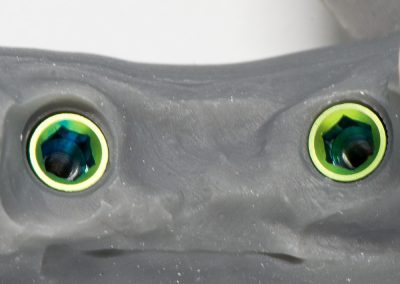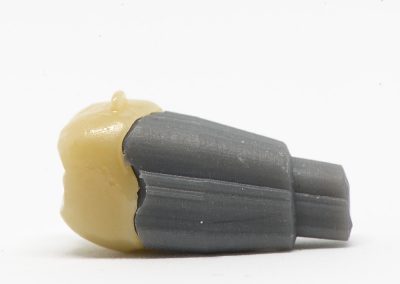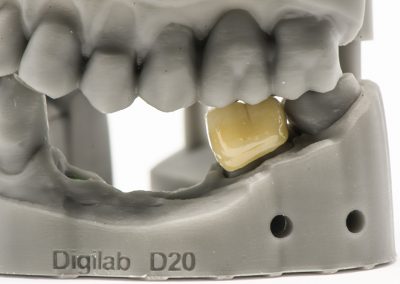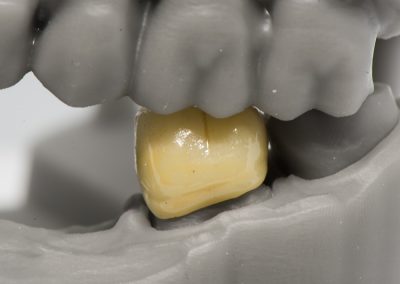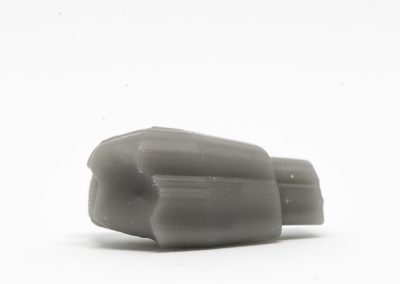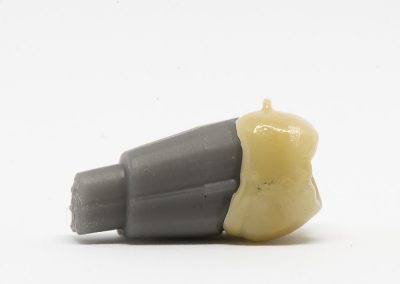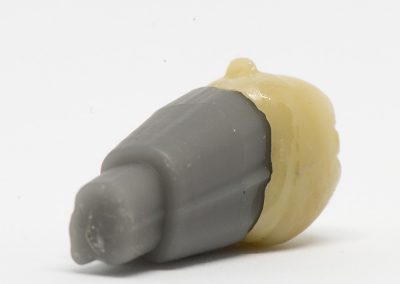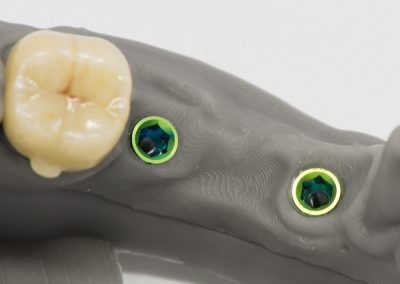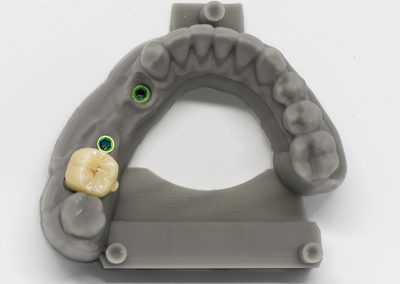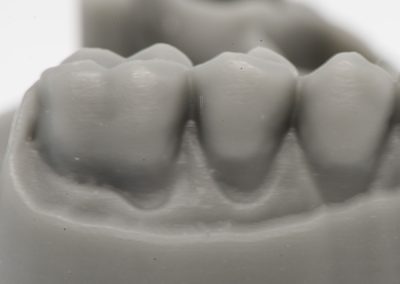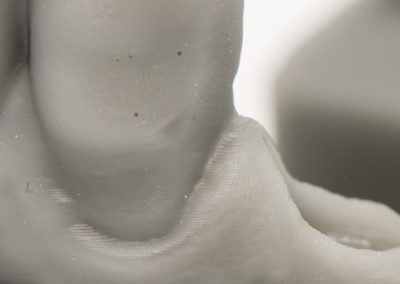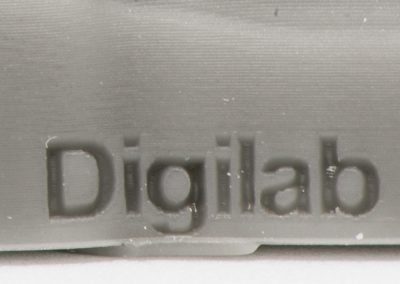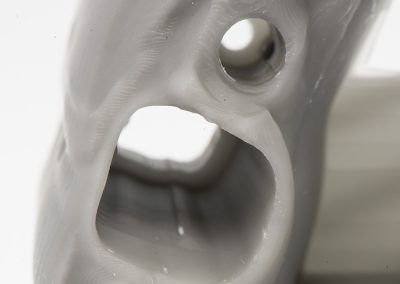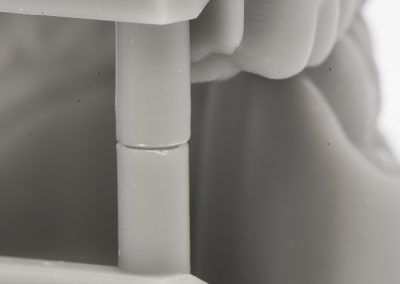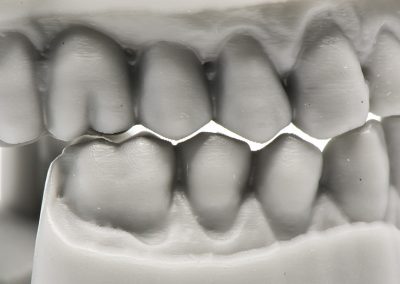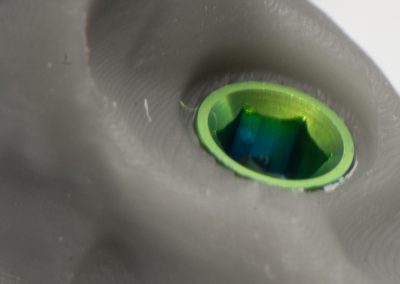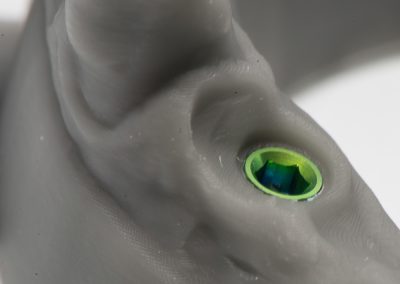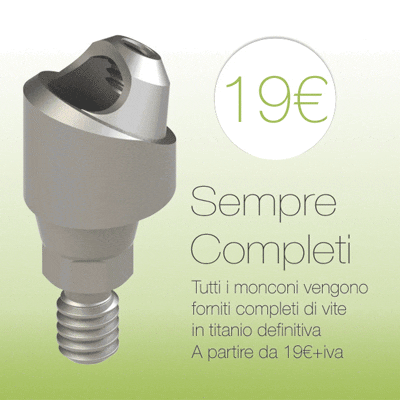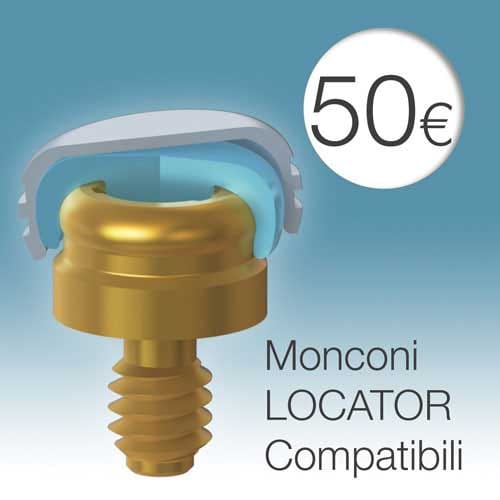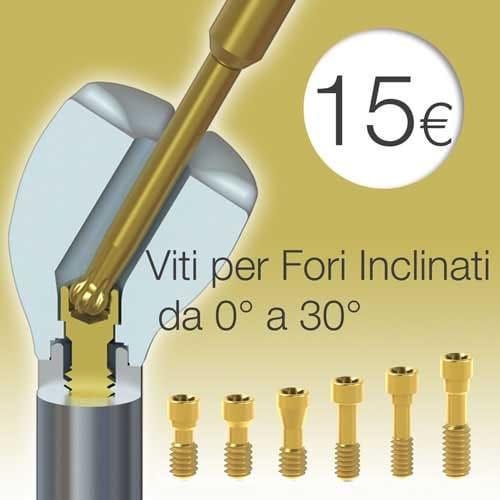Tax incentives under Industry 4.0 have proved to have been a huge boost for the 3D printing sector, which drives and is driven by products such as intraoral scanners, CAD/CAM systems, guided surgery and so many others.
As we have already seen in the CAD/CAM market, the difficulties that confusion and poor information can create are many, complicating matters for clinics and laboratories trying to decide what 3D printer to buy.
Different technologies and different features available allow many different products.
Working within a certain budget, it is very difficult to obtain them all at the same time, so we need to try to understand what it is we want from a 3D printer and the level of precision we are seeking.
The aim of this review is to try to understand the features and true potential of the three most successful and widely sold 3D printers: DWS XFAB, Formlabs Form 2, Shera D40
Each of these three printers has different features and prices. Let’s explore them in detail.
To begin with, let’s try to understand the difference between the different technologies in three examples: SLA and DLP.
Stereolithography (SLA) is an Additive Manufacturing (AM) process that transforms a photopolymer from liquid resin into a solid object.
SLA was the first method of 3D printing to be invented and is still widely used today. Inside a SLA printer you will find three key components:
The building platform
The resin tank
The laser
During the printing process, the building platform moves towards the resin tank (filled with resin). The laser is switched on and polymerises each layer of resin in turn.
As each layer is finished, the building platform moves away from the laser to repeat the process on the next layer. The layers of resin build up to create a solid, three-dimensional object.
The thickness of the layers defines how detailed and well-finished the surface is, and how long the printing process takes.
Layer thickness depends on the printer’s Z-axis settings and the level of quality the user is trying to obtain.
SLA is an excellent and precise method for printing three-dimensional objects. It can be used for creating just about any prosthodontic product, thanks to the vast range of materials the printers can use. Unfortunately, SLA printing is not a particularly fast method in 3D print production.
Digital Light Processing (DLP) is a new form of AM. The process – in theory – is identical to SLA.
The fundamental difference is that the light source that polymerises the resin is not a laser (as with SLA printers) but a light projector.
Using a projector gives DLP printers an important advantage over printers that use lasers: when polymerising layers of resin – as described above – they do not have to trace the entire layer as if using a thin “pencil” but can project the entire image, or layer, in one go. This is a huge time-saver.
It would be too easy at this point to say DLP is the best printer for our needs: same materials, similar technology, faster… But we must not forget the high levels of precision and minute detail that the dental sector requires.
It is in detail and precision that DLP’s limits reveal themselves.
 Using a laser as if it were an extra fine-tipped pencil means being able to print in the kind of detail that would not be important in the consumer world, but makes a difference in dentistry.
Using a laser as if it were an extra fine-tipped pencil means being able to print in the kind of detail that would not be important in the consumer world, but makes a difference in dentistry.
Very high-resolution HD projectors make it possible for DLP technology to produce this kind of detail. However, as we shall see, the costs begin to get very high.
In the picture you can see how just a 30% reduction in the “pen” thickness can create two images that are similar but have entirely different levels of detail.
Let’s begin outlining the application fields these two types of technology are suited for.
SLA pretty much covers all requirements in dental sector: the precision obtained from the lasers involved in SLA can be used for printing orthodontic models, prosthetic or implant models, surgical guides, castable crowns or any other products usually made of casting wax, such as partial frameworks.
DLP is intended for making orthodontic models in large production centres. Products that require more detail need highly precise projectors – HD or perhaps even higher resolution.
Of the three printers we have chosen, two have lasers of different dimensions whilst only one uses an HD projector.
We will assign up to three @s to evaluate each printer according to the data we analysed, where @@@ is the highest rating and @ the lowest.
 Who makes the 3D printers and what country is each one from?
Who makes the 3D printers and what country is each one from?
XFAB by DWS, with SLA technology (Italy) @@@
Form2 by Formlabs, with SLA technology (USA) @
Shera D40 by Rapidshape, with DLP technology (Germany) @@
How do the prices look?
XFAB: €6,000 including printing software @@
Form2: €3,991 including printing software @@@
Shera D40: €31,000 @
How many items can it print at a time?
XFAB: Ø180 mm @@@
Form2: 145×145 mm @@
Shera D40: 130 x 75 mm @
The number of items depends on how we arrange the objects on the build plate. The way in which they are arranged can affect the quality of the final product, so here we are analysing only the plate dimensions.
How large is the light source?
XFAB Laser Ø50 microns @@@
Form2 Laser Ø140 microns @
Shera D40 Pixel 60 microns @@
The diameter of the laser or pixel light source affects the printed object’s level of detail. It is therefore extremely important to assess this feature – remember the “pen” with a fine or a thick tip?
How thick are the layers it prints?
XFAB: 10 – 100 microns, depending on the resin (printed at 90) @@@
Form2: steps of 25, 50, 75, 100 microns (printed at 25) @@
Shera D40: possible layer of 35, 50, 100 microns (printed at 35) @@@
Just as with images on the computer, the thicker the layer the more “pixelated” the object will be, but reducing the thickness of the layer will increase the time needed to print it.
 We observed a high-quality external surface on the model printed with XFAB.
We observed a high-quality external surface on the model printed with XFAB.
This must be down to DWS’s Research&Development, which has made XFAB the only printer able to obtain the appearance of 25-micron layers when its layers are actually 90 microns. I would describe it as 3D antialiasing, and the result is a decisive reduction in production time.
To confirm what DWS’s own technicians have stated, 90-micron layers mean using the laser less. In fact, increasing the layer thickness from 25 to 90 microns reduces consumption of the light source by 75%. In layman’s terms, it is like driving from London to Brighton with the car in 3rd instead of 6th gear – which do you think places the engine under more stress?
How long does it take to print?
XFAB: 3h40m @@
Form2: 6h @
Shera D40: 1h50m @@@
Printing time is in direct correlation with layer thickness. In regards to SLA, the number of items and how much space they need in each layer also has an impact; for DLP only layer thickness matters as the width of each layer does not affect the time it takes the resin to solidify. Shera beats its two competitors hands down.
What resin is used to print and who makes it?
XFAB: Invicta 917, by DWS (Italy) @@@
Form2: Grey V3, by FormLab (U.S) @
Shera D40: Model Plus Grey, by NextDent (The Netherlands) @@
All the printer manufacturers advise or require the use of resins chosen or produced by themselves. So unless we are looking for problems, it is a good idea to do as we are told.
Why did we choose these three printers?
I personally consider Form2 a great machine for those just starting to work with 3D technology. Its quality-price ratio is great: like a Fiat Panda, it allows you to go for miles without elevated costs.
The XFAB is definitely the most balanced machine. It can pretty much fulfil all demands, is a decent price and is great quality. It is like a good 3 Series Touring (editor’s note: I wanted to say Alfa Romeo Giulia Veloce but I have not had the chance to try one out yet).
Shera D40 is decisively the highest performer and its price is a dead giveaway! Excellent printing speed, excellent precision and quality, it is not a printer for everyone but for advanced professionals – or drivers. Let’s call it a Mercedes AMG GT.
Why should I buy it?
Shera D40: definitely and by far the highest-performing machine (it does everything and it does it well). Its level of precision is matched only by XFAB, but its printing times are decisively shorter.
I would buy this 3D printer if I were a centre providing services for other labs, if quality came before price and if the selling price of my products was not influenced in the slightest by my neighbours’ price list.
Form2: an excellent entry-level machine. Ideal to play about with for a year or two and then swap for something more professional without having spent too much. It is surely a brilliant option to fall back on in an increasingly digitalised future.
I would buy this 3D printer if orthodontics made up the bulk share of work done in my lab, if I were not sure what direction my digital work would take, if by sticking with the pack did not make me stand out from the crowd (and therefore easy to compare in both the good and the bad) and I had made my price list by checking out all the price lists in my city.
XFAB: a professional machine in miniature – including the price, as it is only €2,000 more than the Form2, but €25,000 less than the Shera D40. I see DWS’s XFAB as the ideal machine for medium-sized dental labs, as the printer easily meets the quality and precision of the Shera (although the Shera wins by a mile on production speed).
I would buy this 3D printer because it has almost everything and is perfect for dental labs that only want to spend once on the technology and believe quality is worth a few extra euro.
How do the layers it prints turn out? Layers of 25 or 35 microns are excellent, but XFAB’s “3D antialiasing” effect with 90-micron layers is impressive.
How detailed are the prosthetic removable dies? Those printed with the Shera D40 come out very well (Matteo Bonacina’s Arts & Technology always manages to surprise us) and, likewise, those made with XFAB have substantial detail.
Form2 has a lot of catching up to do. How detailed is the fitting for the analogues? Just as with the prosthetic removable dies, Shera D40 and XFAB are definitely superior.
How good is the planarity of the prints? Planarity in the three models we printed is quite similar on those printed by Shera D40 and XFAB, whilst Form2 – and its larger light – comes in as slightly inferior.
XFAB’s antialiasing effect The antialias filter we have observed in XFAB’s printing and the quality it lends to the final product is impressive.
What scores have we given them?
Let’s try to give a score to the three 3D printers we chose. Have you noticed the coloured Xs?
We have assigned these @s to our printers according to the factors upon which we assessed them, assigning 1 point for every @.
In a points race for using these 3D printers in dentistry, the results come in as follows:
XFab: 19 points
Shera D40: 14 points
Form2: 12 points
This is how they are classified by points, but if we look at it purely in terms of quality, I have to put Shera D40 in first place. Its printing time is so short, making it the ideal printer, it is just unfortunate that it costs €31,000 – no mean feat for a “normal” dental lab.
It would be interesting to do this comparison again in future but with three printers of a similar budget, perhaps the Shera D40 against Stratasys and the DWS’s mythical DW020D.
We have recently been able to speak to passionate and devoted dental lab specialists who have dedicated years to amending and regulating their own printers and software, to get results that once seemed to be beyond reach. We met with the engineers dedicating their lives to studying printing and milling. These are truly special people with special gifts.
Our comparison is intended for every day users who cannot afford to buy the wrong product, to everyone who has to work hard every day and does not have the time or the will to spend on fine tuning non-standard apparatus, but want a sophisticated product for top-rate manufacturing and a good help service.
A special thank you goes to Digilab in Rome (Italy) and to Dr Carlo Cosma Rome (Italy)– they provided models and the zirconium crowns from a real case free of charge. The items are now in the mouth of a happy patient.
Dr Carlo Cosma took the intraoral impressions by using a 3Shape scanner, whilst the model was created by Digilab using 3Shape’s Model Builder and “standard” settings (such as a gap of 100 microns for removable dies). The laboratory libraries and analogues were provided by Elosmedtech.
DWS XFAB , FormLabs Form2 , Shera SheraD40
Texts and Pictures by Francesco Biaggini


